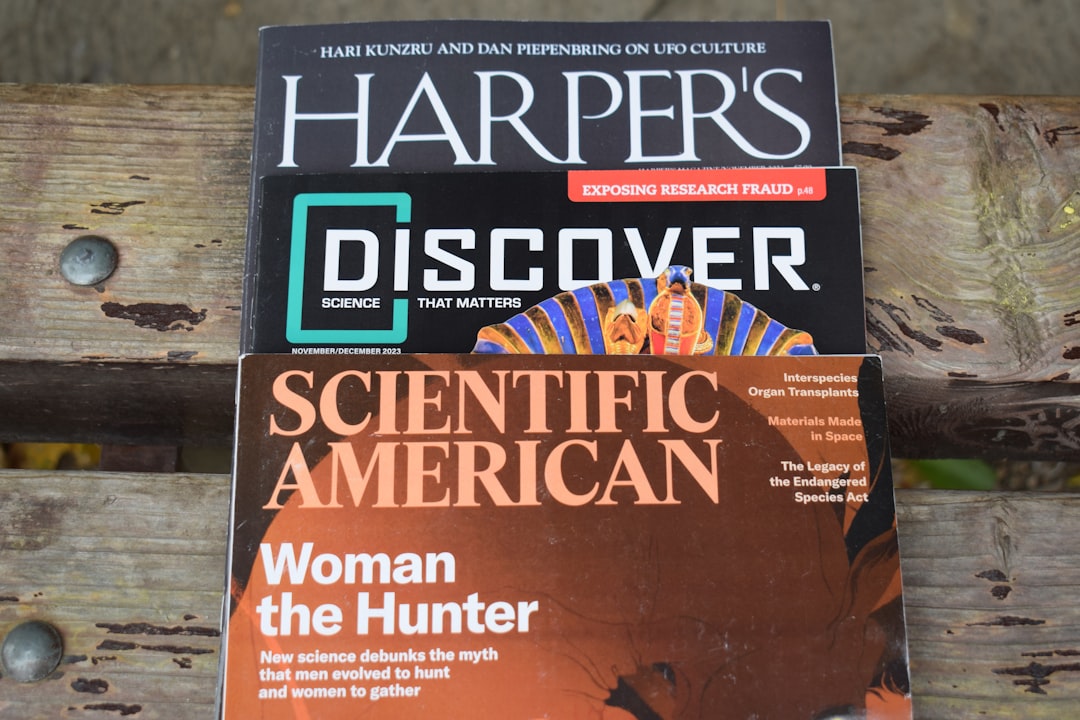Title: The Surprising Science and Art of Creative Napping: Why "Productive Siestas" Are Taking Over the Workplace
Introduction
In a world obsessed with productivity, the humble nap has long been associated with laziness or indulgence. Yet recently, a growing movement is celebrating the "productive siesta" – a unique practice combining light-hearted fun, creativity, and high-value results. Welcome to the fascinating landscape of creative napping, a trend that promises not only personal wellbeing but also a boost in innovation and job performance.
What Is Creative Napping?
Creative napping is not just dozing off at your desk. It’s an intentional, structured break, strategically timed and sometimes guided by playful elements like "nap playlists," quirky masks, or even workplace competitions. The goal? Restoring energy, increasing happiness, and unlocking creativity.
Key Principles of Creative Napping:
- Intentional: Planned and scheduled, not accidental.
- Short and Sweet: Often limited to 10-30 minutes to prevent sleep inertia.
- Stimulating: Accompanied by creative cues (art, sound, mild scents).
- Community-Driven: Sometimes done in groups or with a sharing component.
The Science Behind Productive Siestas
Research strongly supports short naps for cognitive function, memory consolidation, and mood improvement. But the unique twist of creative napping lies in combining rest with stimuli for the imagination.
Table 1: Benefits of Creative Napping vs. Traditional Napping
| Benefit | Creative Napping | Traditional Napping |
|---|---|---|
| Energy Restoration | Yes | Yes |
| Mood Enhancement | Yes (often higher) | Yes |
| Problem Solving | Significantly Boosted | Sometimes improved |
| Team Bonding | Possible | Rare |
| Creativity | High | Low-Moderate |
| Fun Factor | High | Low |
Creative Techniques and Tools
1. Dream Journals:
Place a notebook by your rest area and jot down fleeting ideas post-nap. Many famous inventions began as nap-time musings.
2. Themed Eye Masks:
From superheroes to animals, these add humor and help block out distracting light.
3. "Nap Roulette":
A workplace game where employees draw lots for unique napping spots (under the desk? On a beanbag in the supply closet?).
4. Aromatherapy Pillows:
Scents like lavender or peppermint can enhance relaxation and cognitive function.
5. Power Nap Playlists:
Music or sounds designed to gently induce and end short naps, ranging from rainstorms to lofi beats.
Implementing the Practice: A Sample Workplace Plan
Table 2: Example Schedule for Workplace Creative Napping
| Time | Activity | Duration | Group/Individual |
|---|---|---|---|
| 2:15 p.m. | Pre-nap meditation/playful activity | 5 mins | Group |
| 2:20 p.m. | Creative napping | 20 mins | Individual/Pods |
| 2:40 p.m. | Reflections (share ideas/dreams) | 10 mins | Pair/Small group |
Light-hearted Yet High Value: Real-World Results
Forward-thinking companies like Google, Zappos, and Ben & Jerry’s have introduced nap pods or quiet rooms. But it’s smaller startups that are pioneering the creative twist – such as monthly “Nap-offs” with prizes for best dream-inspired ideas.
Testimonial:
"Our best campaign slogan came from a colleague’s nap-time doodle," says Julia, a marketing manager.
Fun Facts: The History of Famous Nappers
- Salvador Dalí practiced “slumber with a key” – dozing in a chair while holding a key, which dropped and woke him just as he started dreaming, sparking creative visuals.
- Albert Einstein napped daily and credited brief naps for his breakthroughs.
- Winston Churchill insisted on an afternoon nap, saying it gave him two workdays in one.
Tips for Beginners
- Start Small: Try 10-15 minute naps.
- Set the Scene: Eye mask, comfy cushion, maybe a silly hat!
- Experiment: Try sharing your post-nap brainstorms with a friend.
- Respect Boundaries: Ensure nap spaces are inclusive and optional.
Frequently Asked Questions
| Question | Answer |
|---|---|
| Will naps make me groggy? | Brief naps (<30 mins) reduce grogginess risk. |
| Is it OK to nap at work? | Growingly accepted, especially with creative intent. |
| Can naps help night owls? | Yes, especially when scheduled in early afternoon. |
| Will my boss understand? | Share the science and positive results! |
Conclusion
Creative napping transforms a basic biological need into a lively, communal, and surprisingly fruitful ritual. With science on its side and a playful edge, productive siestas are redefining how we recharge at work and play. Try it for yourself – your brain (and probably your boss) will thank you!
Further Reading
Let the creative naps commence! Who knows – your next big idea might just come from a little shut-eye.
